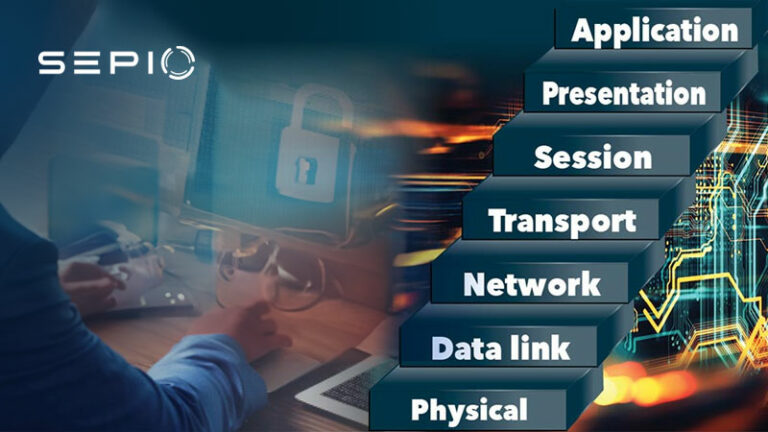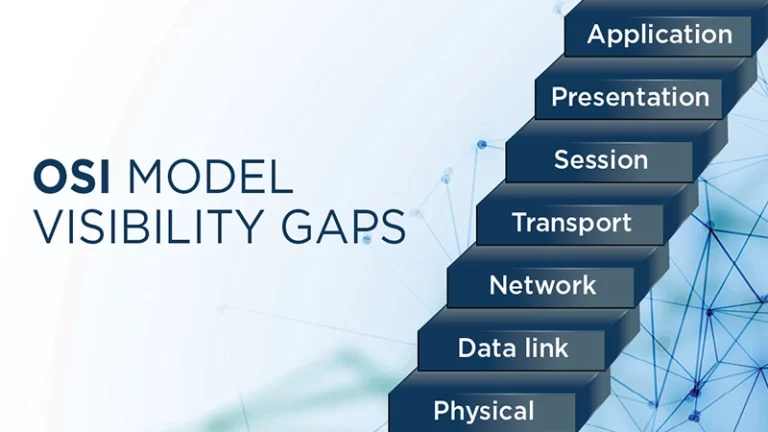Cybersecurity asset management is a pivotal element of any organization’s security framework, involving the systematic identification, tracking, and oversight of all IT assets. By maintaining comprehensive visibility and control over the entire asset inventory, organizations can safeguard against security threats, unauthorized access, and data breaches. Effective cybersecurity asset management also ensures compliance with internal security policies, helping businesses maintain a strong cybersecurity posture in an increasingly digital landscape.
Beyond security, cybersecurity asset management plays a crucial role in risk management by continuously monitoring the status and vulnerabilities of IT assets. This proactive approach allows organizations to identify potential weaknesses, mitigate security risks, and enhance overall resilience against cyber threats. In an era where digital infrastructure is the backbone of operations, cybersecurity asset management has become an essential component of any robust cybersecurity strategy.
The Role of Asset Management in Cybersecurity
In today’s rapidly evolving technological landscape, organizations face significant challenges in asset management. With the continuous influx of new devices and technology, maintaining complete visibility of all connected network assets is essential. This includes managing devices brought in by employees (BYOD) and ensuring each asset’s integrity. Effective cybersecurity asset management provides the necessary oversight to protect against vulnerabilities, maintain information security, and ensure a secure environment. The sheer volume of data and connected devices today makes cybersecurity asset management not just a technical necessity but a strategic imperative.
Organizations often struggle to manage the large number of devices connecting to their networks daily. Each endpoint represents a potential entry point for a cyberattack. Implementing effective cybersecurity asset management strategies is essential. It safeguards sensitive information, ensures computer security, and maintains institutional integrity, thereby fostering a safer digital environment. As the cyberattack landscape evolves, asset management practices must continuously adapt to address new vulnerabilities and emerging technologies.
The Importance of Comprehensive Asset Visibility
Cybersecurity asset management starts with comprehensive asset visibility, which is a foundational aspect of effective oversight. Organizations must maintain a complete inventory of all IT assets, including hardware and software, to ensure adequate protection. This visibility helps identify weaknesses in security policies and enables proactive risk mitigation. By implementing tools and solutions that enhance asset visibility, organizations can improve asset management processes and strengthen their cybersecurity frameworks. Inventorying assets and vulnerabilities is crucial for maintaining secure operations. A lack of visibility can expose organizations to undetected threats, potentially harming both reputation and compliance.
Many organizations utilize various software solutions to maintain an accurate and updated asset inventory. These solutions enable them to monitor changes in the network environment, such as the addition or removal of devices. The ability to track all assets in real-time is a critical component of cybersecurity asset management. Additionally, regular audits and assessments of asset inventories can help organizations identify any invisible network devices and ensure compliance with regulatory standards. These audits are key in uncovering hidden risks and ensuring the organization remains resilient against cyber threats.
Adapting to the Rise of IoT Devices
As the number of Internet of Things (IoT) devices grows exponentially, organizations must adapt their cybersecurity asset management strategies. IoT devices often have limited computer-security features, making them prime targets for cybercriminals. These devices can be used as a gateway to larger networks, allowing attackers to compromise critical systems. Cyber security asset management is essential in identifying and managing IoT devices, ensuring that they are properly secured and not overlooked in the broader asset management strategy. As IoT devices continue to proliferate, organizations must implement specialized solutions that can accommodate these devices’ unique security risks.
Streamlining Asset Management Across the Organization
Integrating asset management into cybersecurity strategy is essential for effective asset risk management (ARM). Organizations should establish security policies to monitor, assess, and update all cybersecurity assets. A clear asset management policy outlines IT teams’ responsibilities, such as tracking asset lifecycles, conducting maintenance, and performing security assessments. Aligning asset management with cybersecurity goals ensures comprehensive asset protection.
Effective cyber security asset management helps businesses take both proactive and reactive security measures. Anticipating risks and implementing controls enhances efficiency, reduces costs, and optimizes resource usage, improving both security and operations.
Integrating cyber security asset management into compliance efforts ensures organizations meet regulations and industry standards. A robust system protects sensitive data, prevents fines, and builds trust with customers and partners by reinforcing data security.
Sepio’s Solution for Enhanced Asset Management
Sepio offers a comprehensive solution that provides the necessary visibility to minimize the asset management challenges faced by universities and organizations. Sepio detects devices based on their existence, not their activity. Using physical layer visibility data signals and a unique machine learning algorithm, Sepio creates a digital fingerprint of all hardware assets, revealing their true identity. Each device is assigned a contextual risk score, ensuring effective cybersecurity asset management. This capability allows organizations to identify potential risks associated with each asset, facilitating informed decision-making regarding security measures. The inclusion of a risk score for each asset provides actionable insights that help prioritize security actions based on asset risk.

Moreover, Sepio extends its capabilities to unmanaged assets. This allows teams to account for and manage all devices effectively. This approach integrates even devices outside traditional management controls. It incorporates them into the organization’s asset management strategy, offering a holistic view of the security landscape. This comprehensive approach ensures that even unmanaged and rogue devices do not slip under the radar, closing potential security gaps.
Enhance Your Cybersecurity Asset Management Strategy
Learn more about how Sepio can enhance your cybersecurity asset management strategy. Contact us to ensure that all your assets are fully visible, secure, and compliant with industry regulations.
Sepio’s solutions empower organizations to take control of their cybersecurity asset management, protecting against emerging threats while simplifying compliance efforts.






